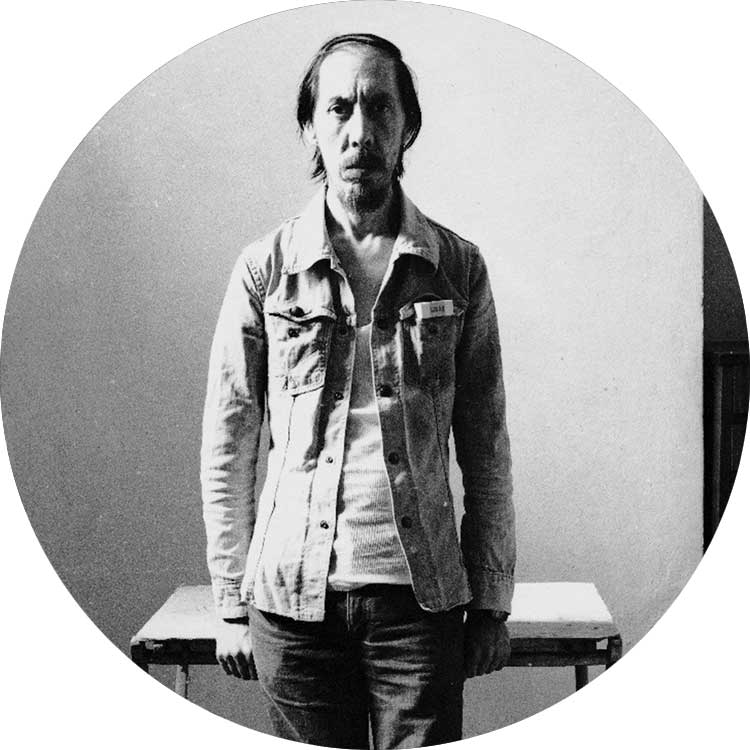Gianfranco Ferroni biography

Gianfranco Ferroni, born in Livorno on February 22, 1927, and passed away in Bergamo on May 12, 2001, was an Italian painter, a prominent figure of the Metacosa movement. His childhood was spent in the Marche region, in Ancona, where his father worked as an engineer. During the war, his family first emigrated to Milan and then to Tradate in the province of Varese. This period deeply marked him, influencing his artistic production in the early sixties.
Gianfranco Ferroni began his artistic journey as a self-taught artist, due to a difficult relationship with his parents who opposed his passion for art. In 1946, he approached the environment of the Accademia di Brera and Bar Giamaica in Milan, meeting important figures such as the critic Franco Passoni and artists like Dova, Crippa and Meloni. These encounters were fundamental for the development of his personal poetics.
In 1949, Gianfranco Ferroni joined the Italian Communist Party, then left it in 1956 in protest against the events in Hungary. His adherence to Existential Realism starting in 1956, together with painters like Guerreschi and Romagnoni, marked a turning point in his career, with a growing interest in everyday life and the "poetics of the object."
In 1957, he participated in the "Italy-France" exhibition in Turin, and the following year at the Venice Biennale. These years were crucial for his recognition by critics and the public. From 1968 to 1972, he lived in Viareggio, entering a period of isolation that foreshadowed a new stage of his painting, increasingly focused on interiors and the search for light and space.
In 1970, he met his future wife Carla, whom he married in 1974. After the wedding, the family moved to Milan, where Gianfranco Ferroni set up his new studio. The following years were marked by important exhibitions, including a solo show at the Galleria Documenta in Turin in 1974 and a presentation at the Galerie Du Dragon in Paris in 1977.
In the 1980s, he joined the Metacosa movement, participating in numerous exhibitions and developing his graphic research, particularly in engraving and lithography. The 1990s saw a calmness in his works, with images full of meaning and magic. In 1993, he received the President of the Republic Award from the Accademia di San Luca and in 1994, he was the protagonist of a large retrospective at the Galleria d'Arte Moderna in Bologna.
Gianfranco Ferroni is recognized as one of the most accomplished Italian figurative painters of the postwar period and a master of etching. After his death, several exhibitions have been dedicated to him, including one at Palazzo Reale in Milan.
His art, deeply autobiographical, has been a sincere expression of his experience and his vision of the world, with a constant attention to everyday reality and human interiority. Gianfranco Ferroni has always worked with passion and dedication, letting his works speak for him, representing his vision of reality and the human condition.



